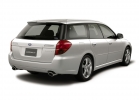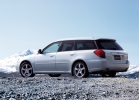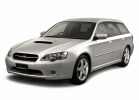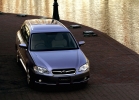Subaru Legacy test drive 2003 - 2006 sedan
Rivalry of sports sedans: Honda Accord, Mazda Atenza Sport and Subaru Legacy B4
Recently, when it comes to Honda, for some reason, everyone begins to remember what unprecedented success its FIT model has and what Honda produces amazing minivans. But, it seems to me, all this is only a derivative, only a superstructure over the main activity of the company. And the basis of all the foundations are the two most striking representatives of the Honda - Accord and Civic. After all, these machines are not just the facts of Japan's internal automotive life. They have long been recognized first in North America, and then in the rest of the world. It is they, these two models, and determine the true face of Honda.Not so long ago, Accord survived the complete replacement of the model range and appeared on the court of buyers in his 7th generation. Both sedans and the station wagons of this family were updated. And now you can already conduct a comparative analysis of the most popular sports sedans of various competing manufacturers, taking as a basis the one that appeared the latter, that is, Accord.
The modern version of Accord has one common body type, regardless of whether the car is intended for sale in the domestic market, or goes abroad. This body is included in the group of the so-called 3rd sizes. In connection with changes in the dimensions of the machine, it was necessary to equip it with another engine. For these purposes, two types of engines were selected: a working volume of 2000 and 2400C. Both engines are supplemented by the I-VTEC gas distribution system, which regulates the phases and values \u200b\u200bof the valve, and are equipped with two distributions. It is worth noting that the previous generation of the model was also equipped with a 1.8 -liter engine, which had to be abandoned in the current version of the Accord.
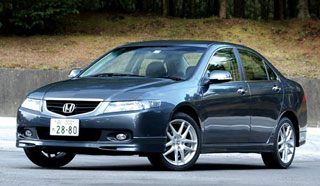

Who acts as a competitor of this sports sedan? Firstly, this is the Subaru Legacy B4 car, and secondly, Mazda Atenza Sport. Perhaps that's all. Both of these models carry a certain coating of Europeanization, which, in particular, provides for increased attention of designers to improve their speed qualities. For example, Mazda Atenza has been developed with a sedan body. But in order to prepare it for sale in Europe, the designers decided to make a sports 5-door version.
The working volumes of engines of both models vary in the same scheme that is used for Accord. In both cases, there is a basic equipment with an engine of 2000ss, and more voluminous modifications are adjacent to it. If it is ATENZA, then its engine contains 2300 cubes, and if Legacy B4, then there are two such additions: with a volume of 2500 and 3000ss.
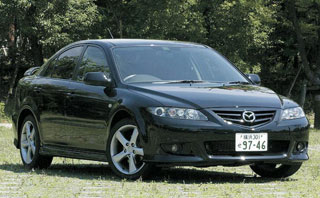
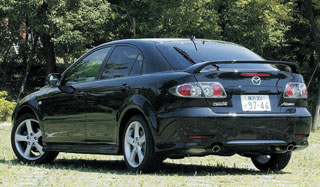
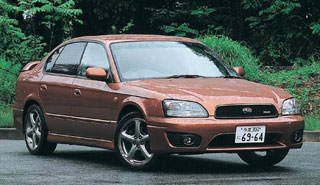
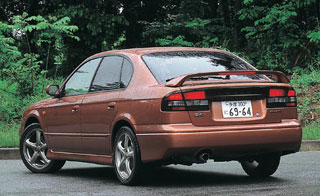
All three cars can be safely called sports sedans. They have such running qualities that are difficult to expect from minivans. Nevertheless, I think that the number of minivans will continue to increase. And the development of sedans and hatchbacks will go in the direction designated by sports models similar to described here.
I will try to test each of these three machines and conduct a comparative analysis of their characteristics.
Accord acceleration surpasses all its competitors
First of all, I will allow myself to compare the power of evaluated models. So, the ACCORD engine has at its disposal 2400SS of the working volume of cylinders, Legacy B4 2500CS, ATENZA 2300C. Each engine has a peak of torque at a different speed of rotation of the crankshaft. Atenza begins to develop a powerful torque already at low engine speeds, so it easily gains speed at the first stage of acceleration. Then there comes some stabilization, behind which, starting somewhere from 4700 rpm., It seems like a second wind, and the speed begins to sharply increase until the moment when the rotation speed of the crankshaft reaches 6400 rpm.
The same saturated torque in the working range of engine speeds boasts accord. Already at the first stage of acceleration, torque is in abundance. Then, already in the region of 3500 vol./Min., The acceleration intensity increases sharply. By pressing the accelerator pedal, we bring the speed of rotation of the crankshaft to 5800 rpm. If you compare Accord with ATENZA, then here the speed of revolutions is slower. Thus, in contrast to impulsive acceleration, which is characteristic of Atenza Sport, Accord smoothly accelerates its run as engine speeds.
Finally, consider Legacy B4, equipped with an engine with a working volume of 2500C. Its cylinders, as you know, are located opposite each other in a horizontal plane (opposition engine). So, it should be assumed that the rotation of the crankshaft here should be perceived in a special way. We can say that the speed increases with jerks, and the speed curve does not look like a smooth line. But if you are sitting driving a sports sedan, you must be able to capture the pulse of his steel heart. The maximum developed power is only 170 horsepower. This is not so much, but the torque of Legacy B4 has the largest among all three assessed cars - 24.3 kg/m. The peak of torque occurs when the engine rotates at a speed of about 2800 rpm. That is, it falls on the operating range of engine speeds. Therefore, the thrust in the first stage of acceleration is very powerful.
Thus, by comparing all three cars, we can confidently say that in terms of the stretch of the speed range, within which there is an increase in speed, and in the sensation of dynamism in the first place, Mazda Atenza Sport is in the first place. At the same time, by smooth acceleration, I would single out Honda Accord. And, finally, in terms of a sharp change in the pace of movement at low engine speeds, the Subaru Legacy B4 can be considered a clear leader. That's how I would put these cars according to their traction characteristics.
Accord has no shortcomings inherent in competitors?
If the main criterion for the assessment is the controllability of the machine, then atenza demonstrates the greatest sports. It seems that her steering wheel is directly related to the wheels. When turning the steering wheel, you feel its opposition as clearly as if you drive a middle -class car.
However, if in the middle of the rotation you need braking by the engine, and the driver dumps the gas, the rear wheels can easily break into the south. This also should not be discounted. For example, with a detour of an obstacle that suddenly arose in the way, the rear wheels, as I said, will have a tendency for slipping, and this can finally knock the driver to confuse. Therefore, as I believe, Atenza needs to adjust the work of the rear wheels.

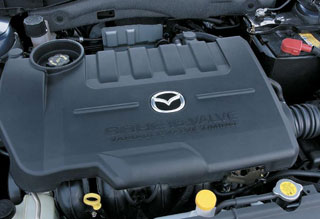
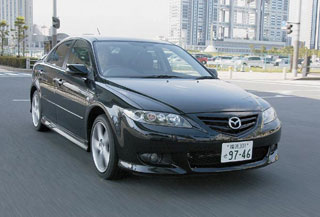
In this regard, Accord does not differ in special sports, but its rear wheels are more resistant to skidding. The modification equipped with a 2-liter engine in order to save fuel has a lightweight body, which does not have a sufficiently powerful resistance to twisting. Plus, the car is shod in tires of this type, which should be consistent with the maximum extent to the driver. This means, in particular, that the designers for the sake of comfort went to reduce the size of the tires with the road. But it is worth a little tighten the suspension and make its work more rigid, as well as replace the wheels with 17-inch, as in modification 24S, as the machine is immediately perceived more balanced. If, when turning the steering wheel, it naturally resists, and the driver does not feel lethargy in the steering wheel, then he will not have excessive arrogance. In this case, any unexpected obstacle that needs to be traveled, sharply taking the steering wheel to the side, will not lead to a loss of stability, especially since the tires hold on to the road firmly.
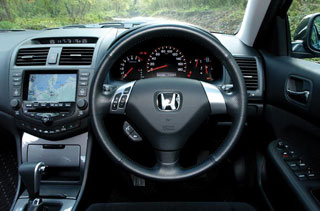
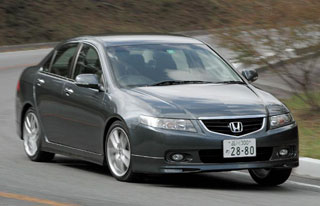
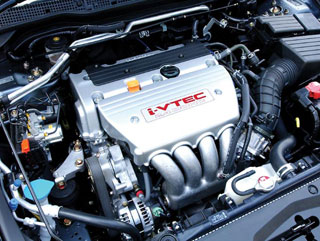
And finally, Legacy B4. Its attractiveness is largely due to the fact that it mostly combines sports in management and counteracting the loss of stability. I believe that this was made possible thanks to the engine with the opposition-gorusontal location of the cylinders. The engine of this design is characterized by a small height and, therefore, an underestimated center of gravity. That's why Legacy B4 demonstrates such excellent handling. The B4 body belongs to the body of the 5th sizes, so the width of the wheel track is the narrowest of all three assessed cars. This, in particular, has a positive effect on stability in the sense that even if you make some careless movement of the steering wheel, the car simply does not lose control. In addition, thanks to the operation of the all -wheel drive system, even if you press the gas too much in the middle of the turn, the wheelhouse will be minimal. Instead, the car will abruptly throw forward.
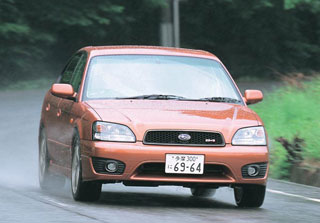
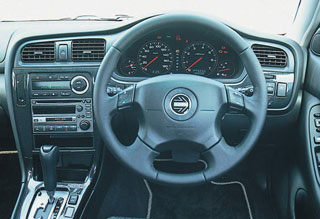
Author: Vatanabe Yoichiro (Watanabe Yoichiro)
November 2002
Source: Autogallerynet

